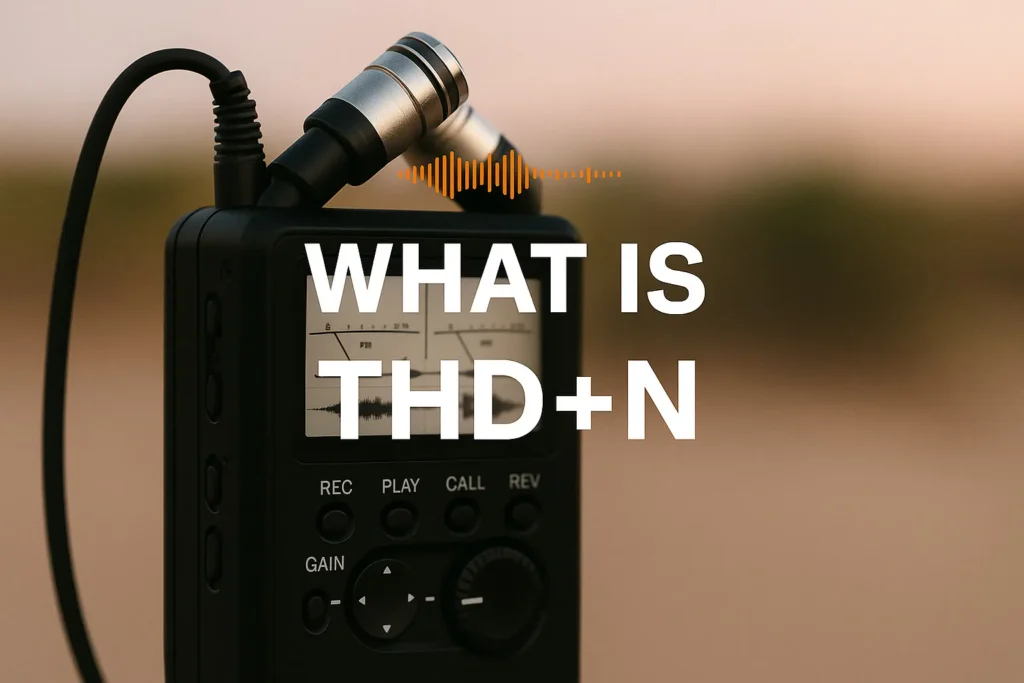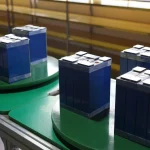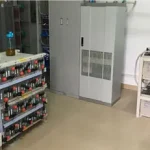Understanding Total Harmonic Distortion (THD): A Guide to Signal Purity
Understanding Total Harmonic Distortion (THD): A Guide to Signal Purity
In the world of audio, electronics, and power quality, the clarity and purity of a signal are paramount. Whether you’re listening to music, operating industrial machinery, or analyzing electrical grids, an unwanted phenomenon called distortion can degrade performance and quality. One of the most critical metrics for quantifying this distortion is Total Harmonic Distortion, commonly known as THD. This article provides a comprehensive guide to understanding what THD is, why it matters, and how it impacts various technologies.
What is Total Harmonic Distortion (THD)?
Total Harmonic Distortion (THD) is a measurement that expresses the level of harmonic distortion present in a signal. In simple terms, it quantifies how much a device or system alters a pure input signal (a sine wave at a single frequency) by adding new, unwanted frequencies. These new frequencies are called “harmonics,” which are integer multiples of the original, fundamental frequency.
For example, if a system has a fundamental frequency of 50 Hz, its harmonics would be 100 Hz (2nd harmonic), 150 Hz (3rd harmonic), 200 Hz (4th harmonic), and so on. THD is calculated as the ratio of the sum of the powers of all harmonic components to the power of the fundamental frequency, usually expressed as a percentage. A lower THD percentage indicates a cleaner, more accurate signal reproduction.
Why is total Harmonic Distortion (THD) Important?
The significance of THD spans across multiple industries. High levels of distortion can lead to a range of problems, from minor annoyances to critical system failures.
- Audio Fidelity: In audio equipment like amplifiers, speakers, and headphones, a low THD is crucial for high-fidelity sound reproduction. High THD results in audible distortion, making music sound harsh, muddy, or “colored,” rather than clean and true to the original recording.
- Power Quality: In electrical engineering, THD is a vital indicator of power quality. Non-linear loads (such as variable speed drives, computers, and LED lights) draw current in short pulses, injecting harmonics back into the power system. High THD in the electrical supply can cause overheating in transformers and motors, nuisance tripping of circuit breakers, and interference with sensitive electronic equipment.
- Component Stress: Harmonic currents can cause increased heating in electrical components, leading to reduced efficiency and a shorter lifespan for motors, capacitors, and transformers.
How is THD Measured and Calculated?
THD can be measured for both current (THD-I) and voltage (THD-V). The measurement process involves using a device like a power quality analyzer or a spectrum analyzer to capture the signal and break it down into its frequency components.
The formula for calculating THD is:
THD (%) = (√(V₂² + V₃² + V₄² + … + Vₙ²) / V₁) × 100%
Where:
- V₁ is the RMS voltage of the fundamental frequency.
- V₂, V₃, … Vₙ are the RMS voltages of the 2nd, 3rd, up to the nth harmonic.
A THD of 0.1% or lower is generally considered excellent for high-end audio equipment, while in power systems, a THD below 5% is often the target for acceptable power quality.
Common Sources of Harmonic Distortion
Understanding what causes THD is the first step in mitigating it. Common sources include:
- Audio Equipment: Overdriven amplifiers, low-quality speakers, and poor circuit design.
- Power Electronics: Devices that use switching power supplies, such as computers, televisions, and battery chargers.
- Industrial Equipment: Variable Frequency Drives (VFDs), arc furnaces, and welding machines.
- Lighting: Fluorescent ballasts and modern LED drivers.
How to Reduce and Manage THD
Managing THD is essential for maintaining system integrity and performance. Here are some common strategies:
- Use High-Quality Components: In audio systems, selecting amplifiers, DACs (Digital-to-Analog Converters), and speakers with inherently low THD specifications.
- Passive Filters: These are tuned circuits designed to block specific harmonic frequencies from propagating through the power system.
- Active Filters: More advanced solutions that electronically inject opposing harmonic currents to cancel out the distortion.
- Proper System Design: In electrical installations, carefully planning the placement of non-linear loads and using transformers with a higher “K-factor” rating can help manage harmonics.
THD vs. THD+N: What’s the Difference?
It’s important to distinguish between THD and THD+N (Total Harmonic Distortion plus Noise). While THD only considers harmonic distortion, THD+N includes all types of noise present in the system—such as hum, hiss, and interference—along with the harmonics. For a true assessment of a device’s performance, especially in audio, THD+N is often a more realistic and telling metric.
Conclusion
Total Harmonic Distortion (THD) is a fundamental concept for anyone working with signals, be it in audio engineering, electronics, or power systems. It serves as a key indicator of signal purity and system health. A low THD value signifies high fidelity and efficiency, while a high value warns of potential problems like poor audio quality, equipment damage, and energy waste. By understanding what THD is, how it’s measured, and the strategies to control it, engineers and enthusiasts can design, operate, and maintain systems that perform at their best, delivering clean power and pristine sound.
Table of Contents





